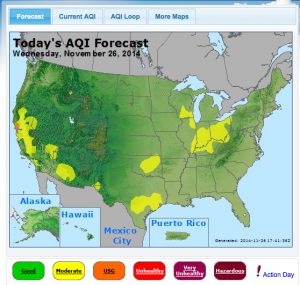The name of the game is “the St. Petersburg Paradox,” and it proved that people are risk-averse, even when they have nothing to lose and a chance to win big from playing a game. It has become a well-established principle in economics and helps explain why people are so reluctant to switch to alternative fuels, even when they stand to gain from the exchange.
The architect of this theory is Daniel Bernoulli, the 18th century Swiss mathematician who is also responsible for Bernoulli’s law, which states that pressure becomes less intense as a fluid travels over one side of a surface at greater speed. It is the basis of airplane flight.
Bernoulli lived in St. Petersburg for a period and became involved in the gambling scene, which was very intense. Like any good mathematician, however, he became more interested in why people bet, rather than the outcome of the game.
He became particularly intrigued by something called the “St. Petersburg Game.” The rules were fairly simple: It involved the simple flip of a coin. If the coin came up tails, the player would receive a dollar (ruble). If the coin came up tails a second time, the player would receive $2, third time $4 and double for each round thereafter. In other words, as long as the coin kept coming up heads, you kept winning. Theoretically, a player could make $500 and on up. The question is, how much would you pay to play this game?
Bernoulli found that even though the average payout was $2, players were very reluctant to buy into the game for more than $2. Their thinking was very short-term and logical. The possibility of a huge payout was of little appeal to them. They were risk-averse.
From this observation, Bernoulli deduced another principle he called the “marginal utility of wealth.” Bernoulli differentiated between “wealth” and “utility.” The utility curve, he said, was concave, and people tended to put more value on the money they lost rather than what they gained. Therefore, they were much less inclined toward risk. Even the possibility of a large payout in an uncertain future is not enough to entice them into the game for a higher price.
What does this have to do with alternative fuels and alternative vehicles? Well, the early adopters are taking big risks. They risk that the new technology may not work out, and they will be stuck with a white elephant. They risk that the fuel savings may not be as great as they are led to believe. The risk that the price of fuels may change drastically – such as the current free fall in oil prices – and any advantage they might have had with the alternative fuel may quickly evaporate. The natural gas tank on a utility truck costs about $5,000, on top of the cost of the normal gas tank. Anyone who as one installed is taking a big risk. Is it worth the extra investment?
The concave marginal utility curve also explains why wealthier people are more inclined to try the alternative vehicles than the average person. They have more room to experiment and are less concerned about losses. Tesla has been deliberately targeting the $75,000 and up market. The first Tesla driven in the United States was bought by Leonardo DiCaprio. Elon Musk is taking a tremendous risk himself by trying to manufacture a $45,000 Tesla that will appeal to a much larger audience.
But risk aversion for the average person is very hard to overcome. Look at another version of the St. Petersburg game: You are allowed to buy into a game where you flip a coin for money. If you win that one flip, you will be awarded $1,000 each year for the rest of your life. Alternately, you may flip the coin every year for $1,000 for that year. Which would you choose?
Experience proves overwhelming that the majority of people prefer to flip every year rather than stake it all on one flip. This proves that people are not risk-takers but would rather have incremental increases rather than an all-or-nothing opportunity. People do not expect extraordinary events to occur to them, but base their decisions on the more normal rate of chance.
Peter Drucker said that in order to replace an existing technology you had to have something that is 10 times as good as what you are trying to do. There are so many impediments – inertia, trying to get known, trying to overcome people’s aversion to risk –that it’s a very difficult task.
That’s why many believe that we need the intervention of the states and the federal government to prime the pump for alternative fuels and vehicles. There are just very few people willing to take the risk. California’s program to put 15,000 cars on the road running on methanol in the 1990s was a good example. Should it be duplicated? There is no downside to running on ethanol or methanol, and there are probably some environmental advantages, as well as money to be saved. But the societal benefits – energy independence and freedom from imported oil – are spread out, while the risks remain on one person – the individual who buys the vehicle.
Individuals are risk-averse – there’s no getting around it. It may take some initiative from the government to mitigate those risks and spread them out over a wider range of people. That way they become more tolerable.


